What is the Raw Material for Non Woven Fabric?
Curious about what makes up those versatile non-woven fabrics you see everywhere? You’ve come to the right place! This comprehensive guide dives deep into the world of non-woven materials, exploring the various raw materials used, their properties, and applications. We’ll cover everything from polypropylene non woven fabric to sustainable options like recycled plastic.
Understanding Non Woven Fabric Composition
Unlike woven fabrics that interlace yarns, non-woven fabrics are made directly from fibers bonded together. This process creates a unique material with distinct properties. Let’s explore the common raw materials for non woven fabric.
Polypropylene Non Woven Fabric: The Leading Choice
Polypropylene (PP) reigns supreme as the most widely used raw material for non woven fabric. Its popularity stems from its versatility, durability, and cost-effectiveness. Advantages of using polypropylene in non woven fabric include its resistance to moisture, chemicals, and tearing. It’s a key component in products like medical gowns and shopping bags.
Polyester Non Woven Fabric: Strength and Resilience
Polyester offers excellent strength and resilience, making it ideal for applications requiring durability. Polyester non woven fabric is commonly found in automotive interiors, filtration systems, and geotextiles.
Cellulose Non Woven Fabric: A Natural Alternative
For eco-conscious applications, cellulose derived from wood pulp offers a sustainable option. Cellulose non woven fabric is often used in disposable wipes, hygiene products, and medical dressings.
Rayon Non Woven Fabric: Softness and Absorbency
Rayon, another natural fiber, brings softness and absorbency to non woven fabrics. This makes it suitable for products like disposable diapers and medical wipes. Rayon non woven fabric is known for its comfort and fluid management capabilities.
Other Materials Used in Non Woven Fabric
Besides the primary materials, other components play a crucial role in non woven fabric production:
- Bicomponent fibers: Combining two different polymers within a single fiber enhances specific properties like strength or softness.
- Polymer: The base material forming the fibers. Understanding the polymer type is crucial for determining the final fabric’s characteristics.
- Resin: Used as a binder to hold the fibers together, contributing to the fabric’s strength and integrity.
- Staple fibers: Short fibers, typically used in carded web non woven fabrics.

Get Free Sample Kit Of Our Fabric At Your Door Step
- Online Order
- Door Delivery
- 1-Click Quotation
Manufacturing Processes: Meltblown and Spunbond
Two common methods for creating non woven fabrics are meltblown and spunbond. Meltblown involves extruding molten polymer into fine fibers, while spunbond uses filaments spun directly from molten resin. Understanding these processes provides further insight into the final product’s properties.
Carded Web: A Traditional Approach
Carded web is a traditional method where staple fibers are arranged into a web before bonding. This technique creates a softer, more flexible fabric.
Choosing the Best Raw Material for Non Woven Fabric Medical Use
For medical applications, factors like sterility, fluid resistance, and biocompatibility are paramount. Polypropylene is often the preferred choice due to its excellent barrier properties and ease of sterilization. Therefore, understanding the specific requirements of the application is crucial for selecting the best raw material for non woven fabric medical use.
Sustainable Raw Materials for Non Woven Bags
With growing environmental awareness, sustainable raw materials for non woven bags are gaining traction. Recycled plastic plays a significant role in reducing plastic waste and creating eco-friendly alternatives. Besides that, using recycled materials contributes to a circular economy.
Recycled Plastic in Non Woven Fabric Production
Integrating recycled plastic in non woven fabric production offers numerous benefits. It reduces landfill waste, conserves resources, and lowers the carbon footprint. Moreover, it provides a cost-effective solution without compromising quality.



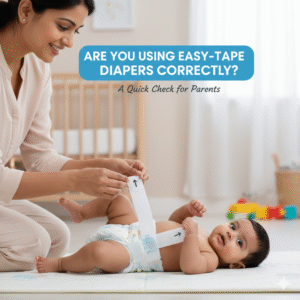

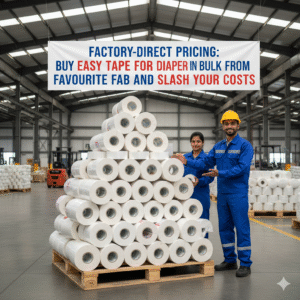
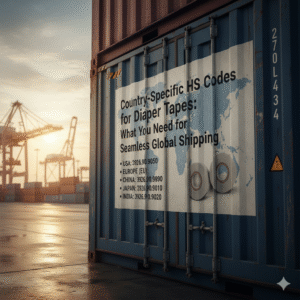
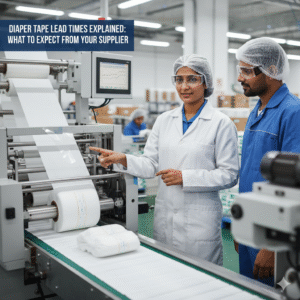
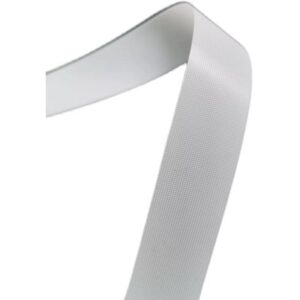
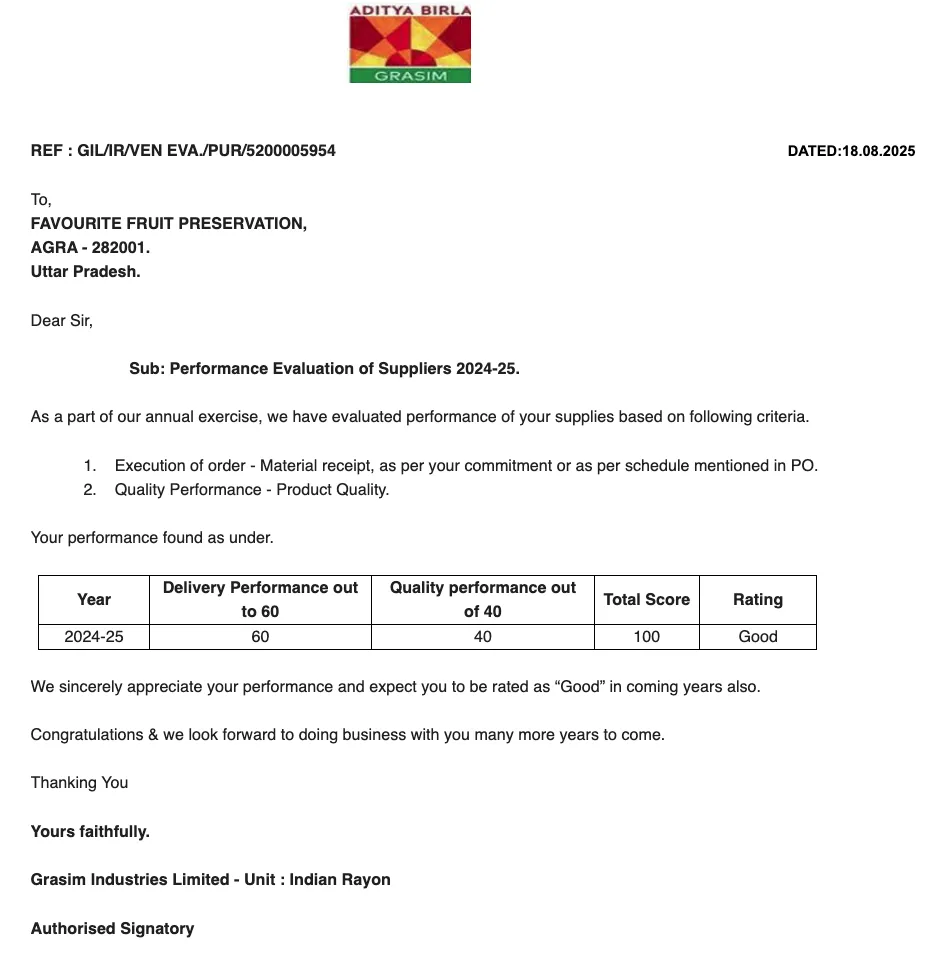




























We Do Business On Trust.Our Nonwoven fabric Business is Built on trust. Trust starts with Transparency.
Mr.Ramniwas Garg Founder Of Favourite Group